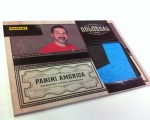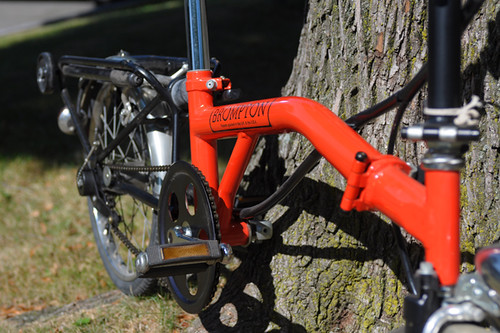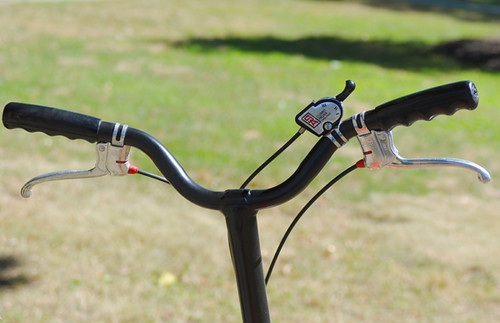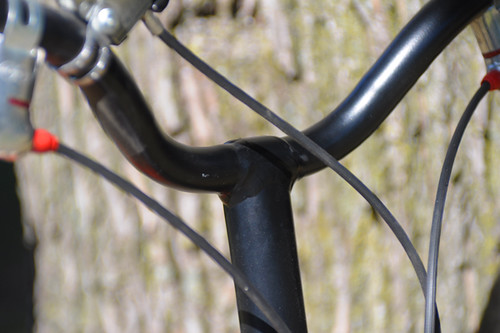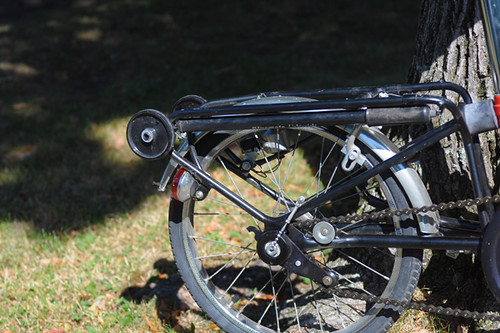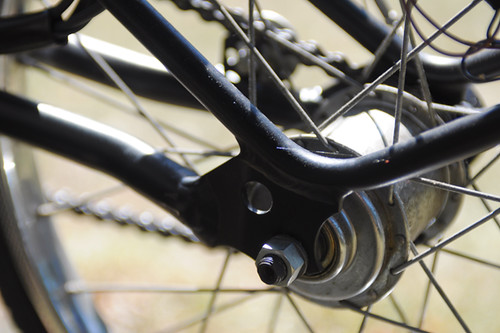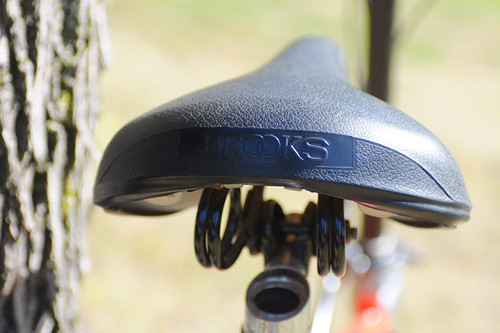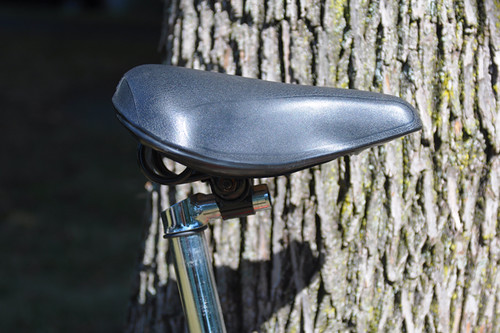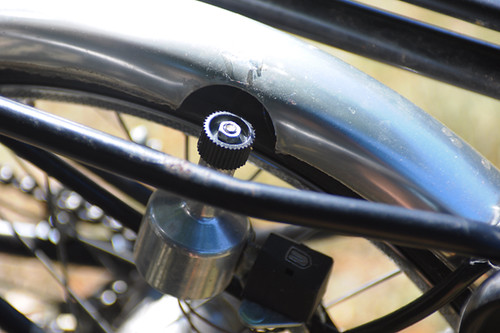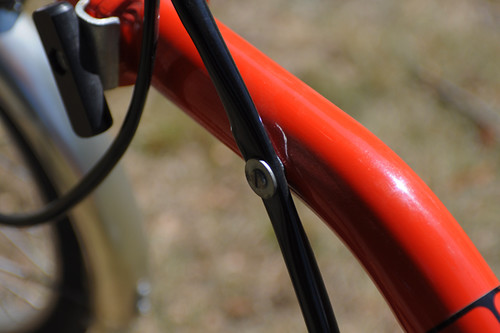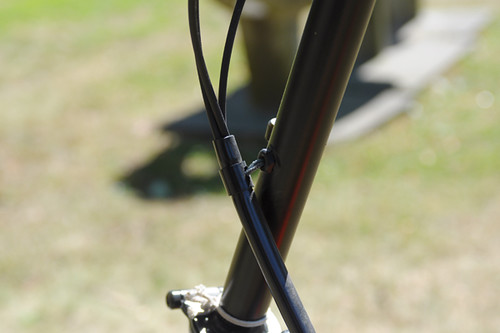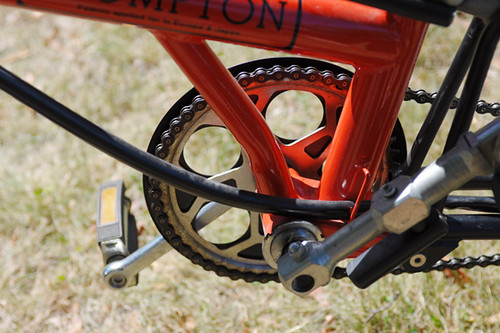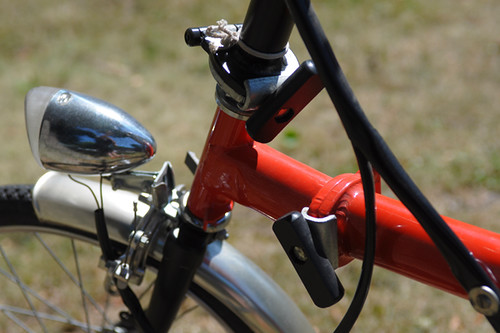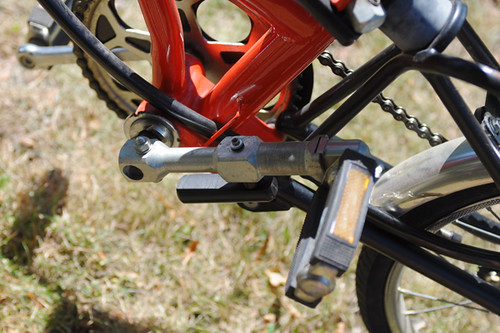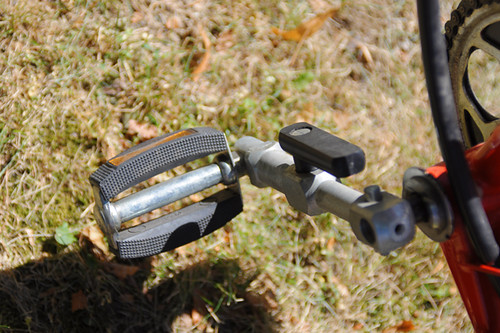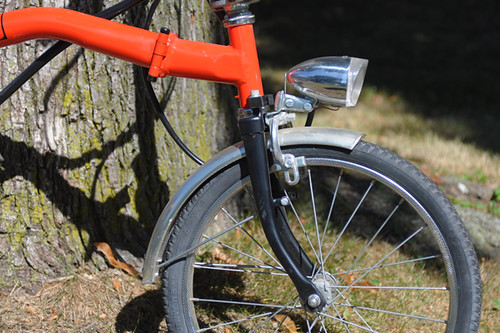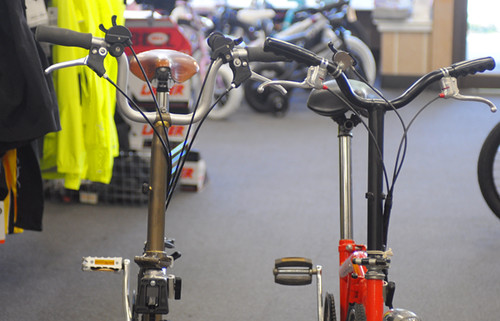Jocurile OlimpiceOra 16.30, Newcastle: Brazilia – Noua Zeelandă
Bakary Gassama (Gambia) – Jason Damoo (Seychelles), Angesom Ogbamariam (Eritrea) – Mark Geiger (SUA)
Ora 16.30, Glasgow: Egipt – Belarus
Roberto Garcia – Jose Camargo, Alberto Morin (foto) (Mexic) – Raul Orosco (Bolivia)
Ora 19.00, Cardiff: Mexic – Elveția
Ravshan Irmatov – Abdukhamidullo Rasulov (Uzbekistan), Bakhadyr Kochkarov (Kârgâstan) – Gianluca Rocchi (Italia)
Ora 19.00, Londra: Coreea de Sud – Gabon
Pavel Kralovec – Martin Wilczek, Antonin Kordula (Cehia) – Mark Clattenburg (Anglia)
Ora 19.00, Coventry: Japonia – Honduras
Slim Jedidi – Bechir Hassani (Tunisia), Sherif Hassan (Egipt) – Felix Brych (Germania)
Ora 19.00, Manchester: Spania – Maroc
Benjamin Williams – Matthew Cream, Hakan Anaz (Australia) – Wilmar Roldan (Columbia)
Ora 21.45, Covenrty: Senegal – Emiratele Arabe Unite
Svein Oddvar Moen – Kim Haglund, Frank Andas (Norvegia) – Juan Soto (Venezuela)
Ora 21.45, Cardiff: Marea Britanie – Uruguay
Yuichi Nishimura – Toru Sagara, Toshiyuki Nagi (Japonia) – Peter O’Leary (Noua Zeelandă)
Champions League, turul al III-lea preliminar, manșa I
Ora 19.00, Borisov: BATE Borisov – Debrecen
Sascha Kever – Raffael Zeder, Stefan Buhlmann – Daniel Wermelinger (Elveția)
Ora 19.30, Haifa: Hapoel Kiryat Shmona – Neftci Baku
Alan Kelly – Damien McGraith, Marc Douglas – Graham Kelly (Irlanda)
Ora 20.00, Tiraspol: Șerif Tiraspol – Dinamo Zagreb
Lee Probert – Stuart Burt, Charles Breakspear – John Moss (Anglia)
Ora 20.00, Molde: FK Molde – FC Basel
Fredy Fautrel – Cyril Gringore, Stephan Luzi – Nicolas Rainville (Franța)
Ora 20.45, Larnaca: AEL Limassol – Partizan Belgrad
Stanislav Todorov – Veselin Dobrianov, Ivo Kolev – Alexander Kostadinov (Bulgaria)
Ora 21.00, Copenhaga: FC Copenhaga – FC Bruges
Ovidiu Hațegan – Zoltan Szekely, Octavian Șovre – Sebastian Colțescu (România)
Ora 21.00, Maribor: Maribor Branik – Dudelange
Aleksei Nikolaev – Oleg Tselovalnikov, Vitali Drozdov – Vladimir Kazmenko (Rusia)
Ora 21.00, Bruxelles: Anderlecht – Ekranas
Kristinn Jakobsson – Johann Gudmundsson, Gunnar Gunnarsson – Thoroddur Hjaltalin (Islanda)
Ora 21.45, Wroclaw: Slask Wroclaw – Helsingborg
Ivan Bebek – Tomislav Petrovic, Miro Grgic – Goran Gabrilo (Croația)
Ora 21.45, Cluj: CFR Cluj – Slovan Liberec
Bulent Yildirim – Cem Satman, Erdinc Sezertam – Baris Simsek (Turcia)
Ora 21.45, Glasgow: Celtic Glasgow – HJK Helsinki
Miroslav Zelinka – Ondrej Pelikan, Emanuel Marek – Radek Matejek (Cehia)
Ora 21.45, Istanbul: Fenerbahce – Sporting Vaslui
Antonio Mateu Lahoz – Pau cebrian Devis, Jon Nunez Fernandez – Jose Gonzalez Gonzalez (Spania)









